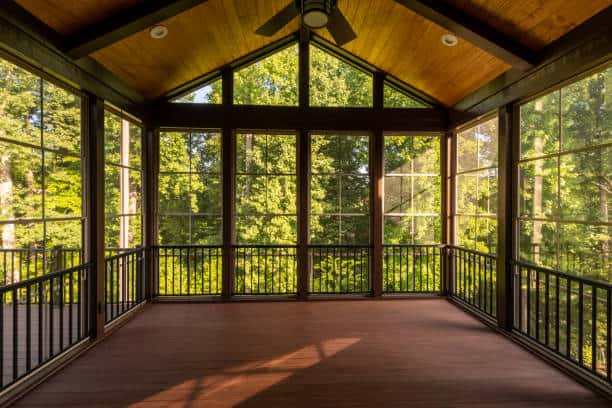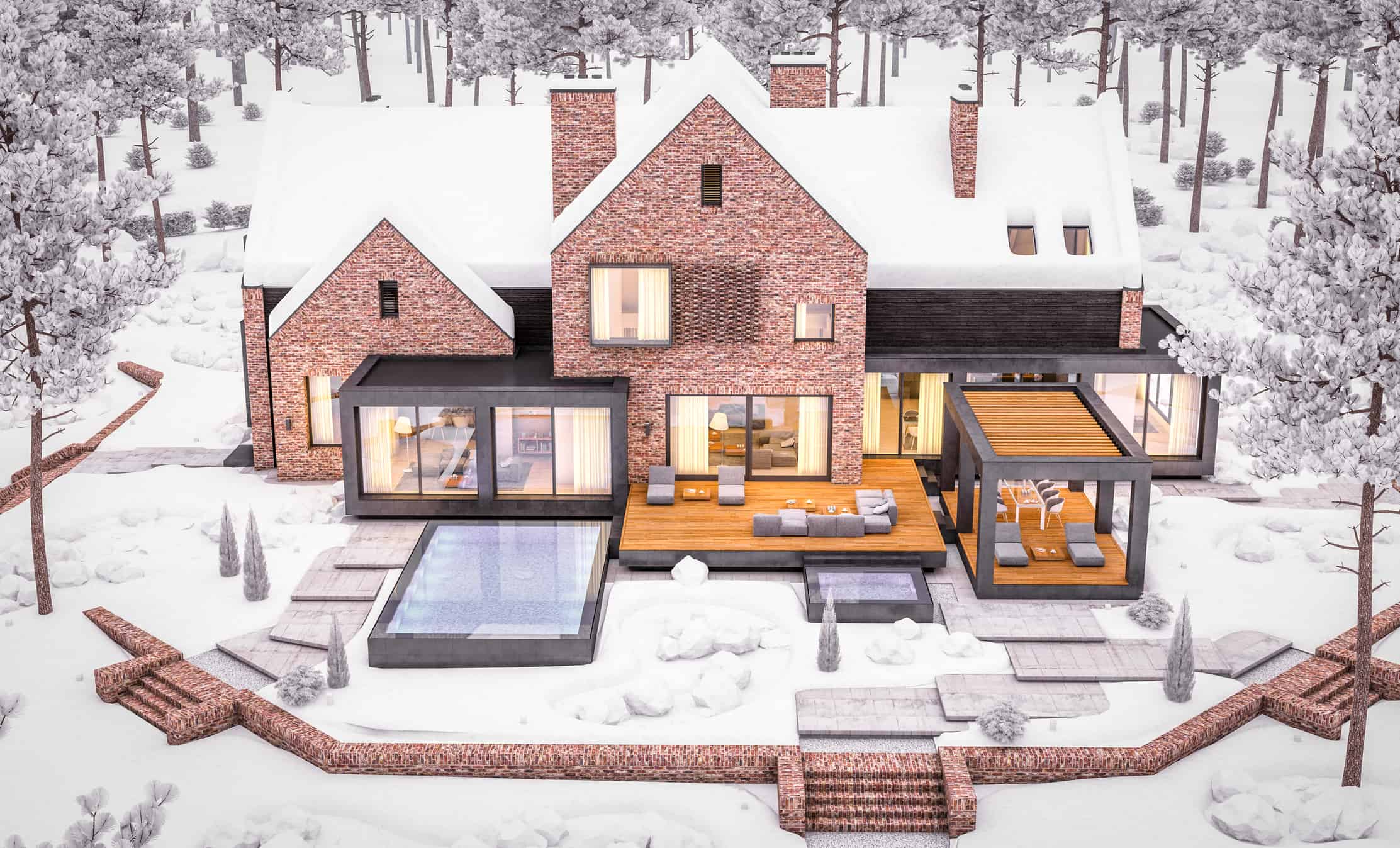
Embracing Nature: The Allure and Benefits of Screened Porches


By Ed Ball | Published on January 30, 2021 | 2 min read

Is there a thermostat “war” in your home? Do you and another member of your household disagree about the ideal temperature? Is your disagreement fueled by the heating bill?
Most likely, the temperature of your home is fluctuating during the day, even if the thermostat stays put. Southern-facing rooms or those with more windows vary in temperature with the sun throughout the day, and if the thermostat is in another part of the house, you may feel those differences more.
Thankfully, there are many ways to make your home more energy-efficient – and consistent – in winter that will also pay off during the heat of July.
Inside Your Home
Your blinds may not seem substantial to you, but they can play a big role in regulating the heat inside your home. To increase warmth, open the blinds during the day to let the sun warm your home, and close them at night to hold the day’s heat inside. In the summer months, switch the pattern, keeping the sun out during the heat of the day and allowing heat to escape at night.
If you have a programmable thermostat, review the settings, especially now that many of us work from home. Drop the temperature at night while you sleep and when the sun is heating your home. Remember, just a couple of degrees can make a noticeable difference in our comfort, so make slow changes.
Your kitchen can help reduce energy costs as well. Small adjustments to your refrigerator and freezer settings can make measurable differences in your bill while still maintaining food safety. Similarly, choose the default setting on your dishwasher and air dry your dishes, especially in the winter. The dry air will not only dry your dishes quickly but also benefit from the moisture in the dishwasher.
Finally, when you are finished cooking in your oven, turn it off and open the door to cool it. This allows the hot air to circulate into your home; it’s like free heat!
Outside Your Home
Deciduous shade trees can have a large impact on your energy consumption. When fully leafed-out in the summer, these large trees can block the sun keeping your home cooler. In the winter, when their branches are bare, the sun shines through to heat your home.
This doesn’t mean you have to block picturesque views and windows with trees. Instead, you can plant trees to block the sun from your roof, brick, or other parts of your home to help control temperatures.
Additionally, adding layers of smaller trees and shrubs help to control temperature fluctuations around your home too. Keeping grass and flower beds around your home appropriately shaded in summer and sunny in winter can also lower energy bills and keep your home a more consistent temperature inside and out.
Finally, sunshine is not the only factor when creating energy efficiency. North-facing areas of your home may be more susceptible to cold winds, which can nice in the summer months but drafty during the winter. Window coverings can help regulate the wind, as can strategically-placed plantings.